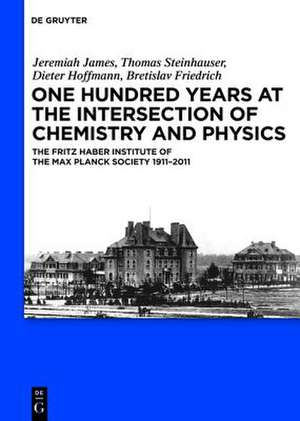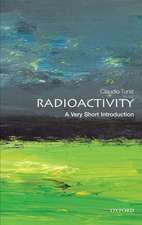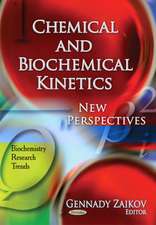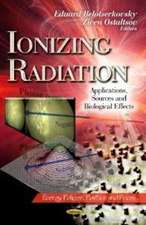One Hundred Years at the Intersection of Chemistry and Physics: The Fritz Haber Institute of the Max Planck Society 1911-2011
Autor Jeremiah James, Thomas Steinhauser, Dieter Hoffmann, Bretislav Friedrichen Limba Engleză Hardback – 16 oct 2011
Preț: 796.90 lei
Preț vechi: 1034.93 lei
-23% Nou
Puncte Express: 1195
Preț estimativ în valută:
152.50€ • 165.60$ • 128.10£
152.50€ • 165.60$ • 128.10£
Carte tipărită la comandă
Livrare economică 22 aprilie-06 mai
Preluare comenzi: 021 569.72.76
Specificații
ISBN-13: 9783110239539
ISBN-10: 3110239531
Pagini: 322
Ilustrații: 5 schw.-w. Tab., Num. figs. and color pages
Dimensiuni: 170 x 240 x 22 mm
Greutate: 0.98 kg
Editura: De Gruyter
Colecția De Gruyter
Locul publicării:Berlin/Boston
ISBN-10: 3110239531
Pagini: 322
Ilustrații: 5 schw.-w. Tab., Num. figs. and color pages
Dimensiuni: 170 x 240 x 22 mm
Greutate: 0.98 kg
Editura: De Gruyter
Colecția De Gruyter
Locul publicării:Berlin/Boston
Notă biografică
Jeremiah James and Thomas Steinhauser,Fritz Haber Institute of Max Planck Institute, Berlin, Germany; Dieter Hoffmann, Max Planck Institute for the History of Science and Humboldt University Berlin, Germany; Bretislav Friedrich, Fritz Haber Instituteof Max Planck Institute andTechnische Universitaet Berlin, Germany.
Cuprins
AD>
1. Prehistory-1918: covers what preceded the founding of the institute (and the KWG) and the founding itself; the first three years prior to WWI; and the WWI war research, including gas warfare.
2. 1918-1933: covers the "first golden era" of the institute when the institute was at the forefront of research in physical chemistry
3. 1933-1945: covers the Nazi era and WWII
4. 1945-1969: covers the aftermath of WWII and the "patchwork" institute
5. 1969-1987: from Heinz Gerischer to BESSY/Alex Bradshaw to Gerhard Ertl
6: 1987-present: the current era










